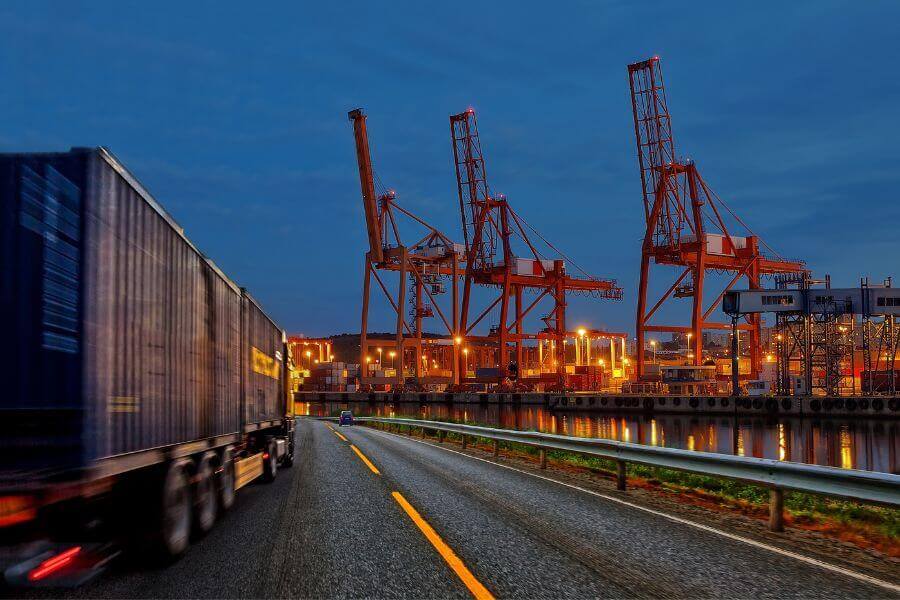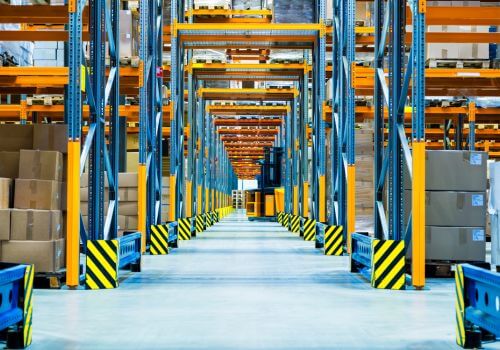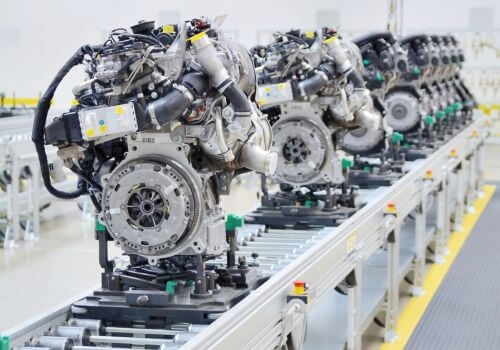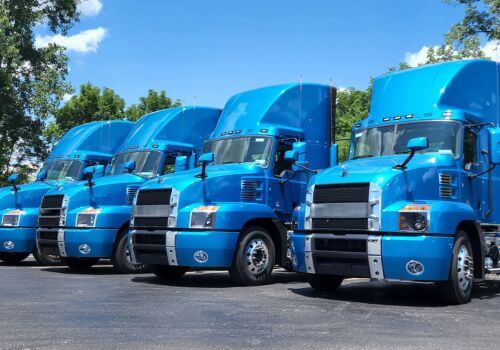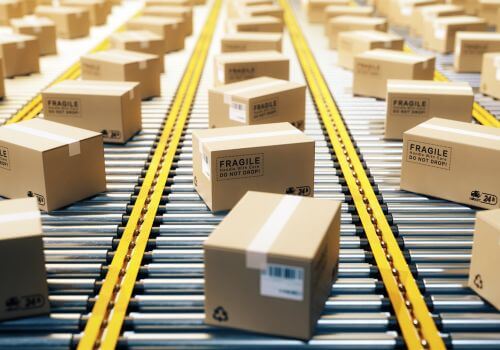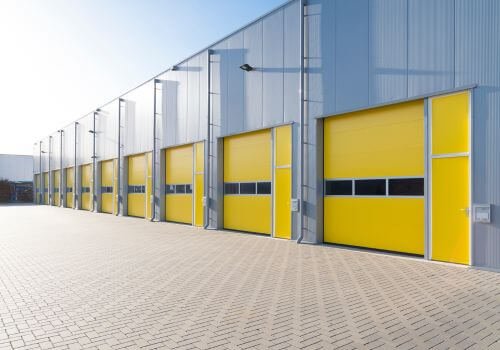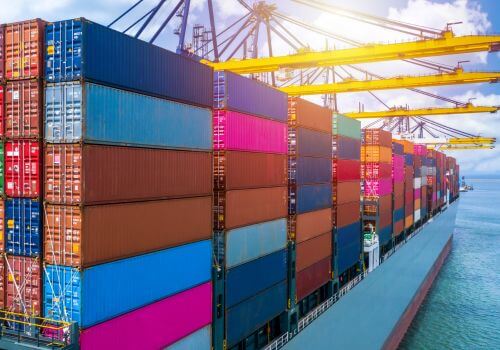What is hinterland transport in logistics?
At its core, hinterland transport is about moving cargo from coastal areas to inland locations, and vice versa. The term “hinterland” comes from the German words “hinter” (behind) and “land” (country), literally meaning the “land behind” a city or port. In logistics, the hinterland is the inland region served by a particular port or airport.
Hinterland transport plays a vital role in international trade. When a container ship arrives at a port, for example, the goods it carries need to reach their final destinations, which are often far from the coast. This is where hinterland transport comes in, providing the crucial link between global and local supply chains.
What are the different types of hinterland transport?
There are several modes of transport used in hinterland logistics. Each has its own advantages and is suited to different types of cargo and distances. Let’s explore the main types.
Road transport
Trucks are the most flexible option for hinterland transport. They can reach almost any destination and are ideal for shorter distances and smaller shipments. Road transport is often used for the “last mile” delivery to final customers.
Advantages:
- Flexible routing
- Door-to-door service
- Suitable for various cargo sizes
Disadvantages:
- Higher cost per unit for long distances
- Subject to traffic congestion
- Environmental concerns due to emissions
Rail transport
Trains are excellent for moving large volumes of cargo over long distances. They’re more fuel-efficient than trucks and can carry much more freight in a single trip.
Advantages:
- Cost-effective for long distances
- Large carrying capacity
- More environmentally friendly than road transport
Disadvantages:
- Less flexible than trucks
- Requires specialized infrastructure
- May need additional transport for final delivery
Inland waterways
Rivers and canals can be used to transport goods inland using barges. This mode is particularly important in regions with extensive river systems, such as Europe and parts of Asia.
Advantages:
- Very cost-effective for bulk cargo
- Environmentally friendly
- Can handle oversized cargo
Disadvantages:
- Limited to areas with navigable waterways
- Slower than other modes
- Dependent on water levels and weather conditions
Pipelines
While not suitable for all types of cargo, pipelines are crucial for transporting liquids and gases, such as oil and natural gas.
Advantages:
- Continuous flow of product
- Low operating costs
- Minimal labor requirements
Disadvantages:
- High initial investment
- Limited to specific types of cargo
- Inflexible routing
Who are the key players in hinterland transport?
Understanding the various stakeholders involved in hinterland transport is crucial for grasping how the system works. Here are the main players:
- Shippers: Companies that need to transport goods.
- Carriers: Companies that provide transportation services (shipping lines, trucking companies, railways).
- Freight forwarders: Intermediaries who organize shipments for shippers.
- Port authorities: Manage port operations and infrastructure.
- Terminal operators: Handle loading and unloading of cargo at ports and inland terminals.
- Customs authorities: Oversee import/export regulations and collect duties.
- Infrastructure providers: Government agencies or private companies responsible for roads, railways, and waterways.
Each of these players has a crucial role in ensuring the smooth flow of goods from ports to inland destinations and vice versa.
In summary, Hinterland Transport in logistics is the movement of goods between ports or transport terminals and their inland regions, connecting maritime shipping routes with local distribution networks through various modes of transportation like road, rail, and inland waterways.

